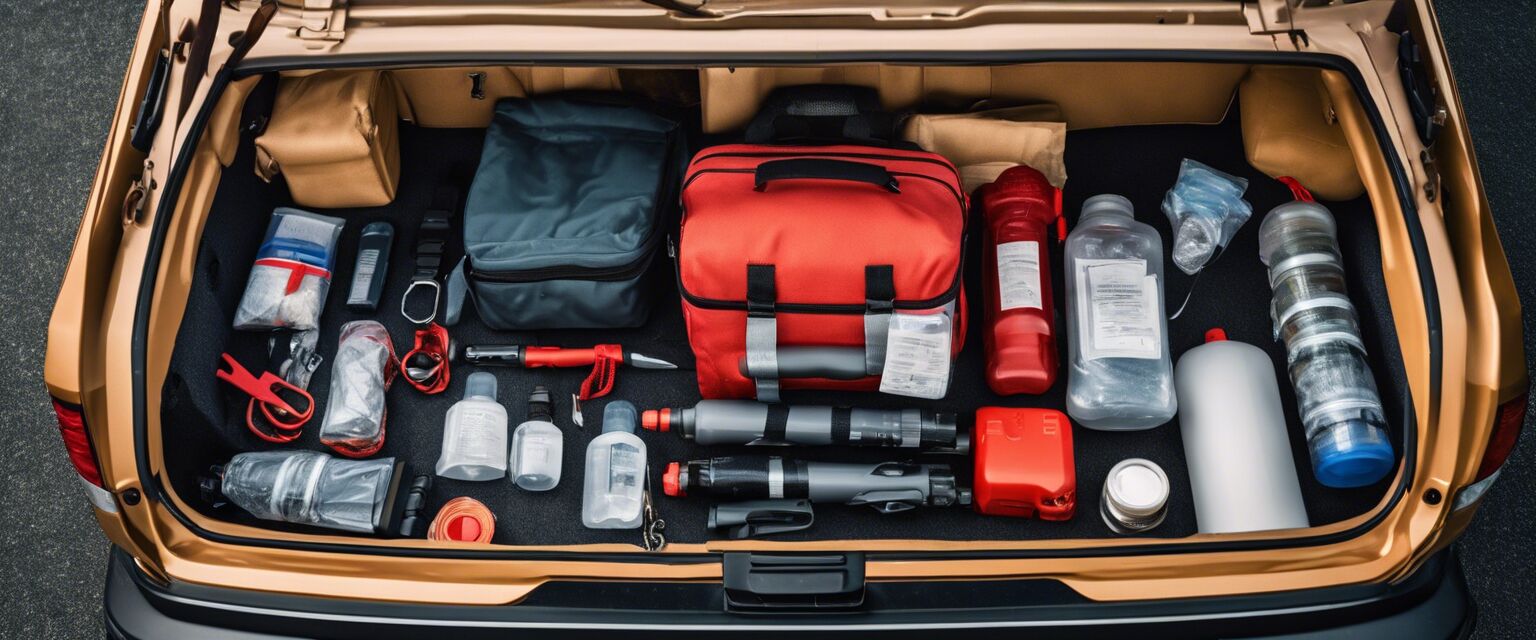
Emergency Kits for Family Vehicles
Key Takeaways
- An emergency kit is crucial for family safety on the road.
- Include essential items such as first aid supplies, tools, and food.
- Regularly check and update the kit based on your family's needs.
- Consider the climate and environment when assembling your kit.
When it comes to family vehicles, safety should always be a top priority. One vital aspect of ensuring safety on the road is having a well-stocked emergency kit. This article will guide you through the essential items that should be included in your vehicle's emergency kit, along with practical tips for assembling and maintaining it. Let's dive in!
Why You Need an Emergency Kit
Accidents and breakdowns can happen at any time, and being prepared can make a significant difference. An emergency kit can help you handle various situations, from flat tires to minor injuries. Here are a few reasons why having an emergency kit is so important:
- Provides peace of mind while traveling.
- Can assist during roadside emergencies.
- Ensures you have necessary supplies for your family.
Essential Items for Your Family Vehicle Emergency Kit
Below is a comprehensive list of essential items to consider when assembling your emergency kit:
| Item | Description | Purpose |
|---|---|---|
| First Aid Kit | A kit containing bandages, antiseptic wipes, and other medical supplies. | To treat minor injuries. |
| Flashlight | A portable light source, preferably LED with extra batteries. | To see in dark situations. |
| Multi-tool | A tool that includes various functions like a knife, pliers, and screwdrivers. | For quick fixes and adjustments. |
| Blankets | Warm, compact blankets for cold weather. | To keep warm in emergencies. |
| Water and Snacks | Non-perishable food items and bottled water. | To stay hydrated and nourished. |
| Road Flares | Bright flares that signal for help or alert other drivers. | To indicate your location during breakdowns. |
| Jumper Cables | Cables used to jump-start a vehicle. | To assist with dead batteries. |
Tips for Assembling Your Emergency Kit
Beginner's Section
- Choose a durable, waterproof bag to store your items.
- Regularly check expiration dates on food and medical supplies.
- Tailor your kit based on your familyâs specific needs and travel habits.
- Make sure all family members know where the kit is located.
Climate Considerations
Your emergency kit should be adapted to the climate of your region. Here are some additional items to consider based on different weather conditions:
| Climate | Additional Items |
|---|---|
| Cold Weather | Ice scraper, extra warm clothing, hand warmers. |
| Hot Weather | Sunblock, hats, extra water. |
| Rainy Weather | Rain ponchos, extra towels. |
Maintaining Your Emergency Kit
Assembling an emergency kit is just the first step. Regular maintenance is crucial to ensure that all items are functional and ready to use. Here are some maintenance tips:
- Check your kit every six months for expired items.
- Replace any used items immediately after an emergency.
- Update the content based on changing family needs or travel plans.
Conclusion
Having a well-prepared emergency kit in your family vehicle is essential for ensuring safety on the road. By including the right items and tailoring the kit to your family's needs, you can be ready for any situation. Don't forget to check your emergency kit regularly to keep it up-to-date!
Pros
- Enhances family safety during travel.
- Provides peace of mind while on the road.
- Can be customized to suit individual needs.
Cons
- Can take up space in the vehicle.
- Requires regular maintenance and updates.
Explore More About Family Vehicle Safety
For additional insights and products to enhance your family's safety on the road, check out our other categories:











